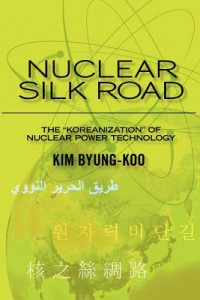South Korea completes first vacuum vessel section for ITER

ITER vacuum vessel section no. 6, shown here, was completely assembled in April. South Korea is providing four of the nine 40-degree vacuum vessel sections; Europe is providing the other five. Photo: ITER
South Korea’s Hyundai Heavy Industries (HHI) has completed work on the first vacuum vessel section for the International Thermonuclear Experimental Reactor (ITER), the ITER Organization reported on April 28. The 440-ton section is now being prepared for shipping this summer to the ITER construction site, located near Saint-Paul-lez-Durance, France.



 After giving a brief update on recent Fukushima-related events in the United States, I'd like to talk about some good (but relatively unpublicized) things that have happened during what has otherwise been a very challenging year for the nuclear industry. Then I'll discuss what, to me, was the most disconcerting story in the past year.
After giving a brief update on recent Fukushima-related events in the United States, I'd like to talk about some good (but relatively unpublicized) things that have happened during what has otherwise been a very challenging year for the nuclear industry. Then I'll discuss what, to me, was the most disconcerting story in the past year.